Was there an alternative to storming Berlin?
The storming of Berlin became a landmark event, one of the most important battles of the Great Patriotic War, along with the defense of Moscow, the Battle of the Volga and the “Fiery Arc”. Some authors in modern Russia cast doubt on the need for an assault on the capital of Germany, arguing their opinion with the power of fortifications, the strength and despair of the garrison, the magnitude of the losses. They say that it was necessary to begin a siege, perhaps, to wait for the allied Anglo-American-French troops to take part in the assault, to divert some of the Wehrmacht forces towards themselves.
But these people do not understand very important things: the Soviet soldier went to Berlin for many bloody years, he did not want to share the Victory with anyone. Berlin was supposed to be attacked by the Red Army units, only Polish units could share the joy of victory with us. Having given the Germans time for additional preparation of the city for defense, we would only increase the losses. We would give Hitler and his entourage extra time for secret negotiations with the "allies", moreover, with the general assault with the allies, the Wehrmacht could act as on the western front - to retreat without serious resistance, and against us to lead fierce resistance. In the end, the victory would have been won, like the banner over the Reichstag, not to us — the whole world would have seen that the West had won, not the Soviet Union. It would be a huge psychological blow to the Union.
The first battles on the outskirts of Berlin began on April 21 - parts of the 1 of the Byelorussian Front broke through to Berlin. Then there was the preparation for the assault, the operation itself to capture the capital of the Reich was from April 25 to May 2 of the year 1945. The 25 of the 1 of the Belarusian and 1 of the Ukrainian Fronts closed the encirclement around Berlin.
Preparing Germans for defense
The Germans were great masters in the conduct of the war, in the second half of the war they developed a whole system of re-equipping cities in the "fortress", the city "fortress" had to stay in complete isolation, with air support. Defense was facilitated by the fact that Berlin is a huge city, with a large number of stone, concrete structures. Roads were blocked by massive barricades 2-2,5 meters high and 2-2,2 meters wide, built of stone, concrete slabs, rails, trees. They held a shot tank guns and guns 76-122 mm. Some streets were completely blocked altogether; in other barricades, 3-meter driveways were left; in case of an enemy, a carriage full of sand, earth, and stones blocked it. Approaches skillfully mined. Resistance nodes were created in houses and administrative buildings. In total, up to 400 powerful defensive "bastions", armed with guns and machine guns, were prepared in the capital. The entrances and exits to the bridges were also blocked by barricades. The tank company Berlin was created (10 Panther tanks and 12 Pz.IV tanks), tanks that were unable to move independently were dug into the ground like firing points in the west and east of the city. There were three powerful air defense facilities, massive concrete towers about 40 m high (flacturms), they were armed with 128-, 88- and 20-mm anti-aircraft guns (these are Flakturm I in the Tiergarten region, Flakturm II in Friedrichshain in the east of the city and Flakturm III in Gumbolthein in the north). Air defense objects could fight not only with aviation enemy, but also by land forces. Nine defense sectors were created in the capital: eight in a circle and one in the center, the closer to the center, the stronger the defense. An important role was played by underground utilities, including the metro, reserves moved along them, retreated, and attacked already in the "rear" of the Soviet troops.
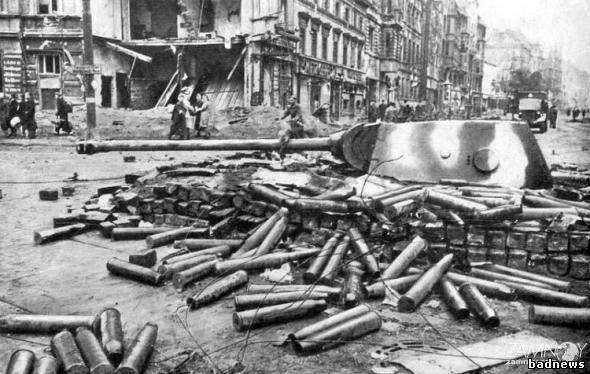
The main weakness of the defense was the strength of the garrison, the command of the Wehrmacht, relying on the powerful fortifications of the Oder front, held on to them to the last. As a result, the 200-thousandth 9 Army of General T. Busse (Frankfurt-Gubensky group) surrounded the east of Berlin, she tried to break into Berlin, but could not, it was only finished off on May 2. It could, with a timely departure, double (and perhaps almost triple) the garrison of Berlin. According to our estimates, the city was defended by at least 200 thousand Wehrmacht soldiers, 3 thousand guns, roughly 250 tanks, as well as 200 battalions of the German national militia. But the last commandant of Berlin, General Weidling, cites a figure in the 100-120 of thousands of people in the garrison and approximately 50-60 tanks at the beginning of the storming of the city. For such a gigantic city, it was not much, which is why the Germans defended not every house, as in a number of other cities, but separate buildings and objects, quarters.
Our forces, storming Berlin, on 26 in April, 1945, numbered 464 thousand people and approximately 1500 tanks. The city itself was stormed by: 1-I and 2-I Guards Tank Army, 3-I and 5-I Shock Army, 8-I Guards Army (from the 1-Belorussian Front), 3-I Guards Tank Army and part of the 28- units Army (1-th Ukrainian Front). In the last days of the storming of the German capital, units of the 1 of the Polish Army took part in the battles.
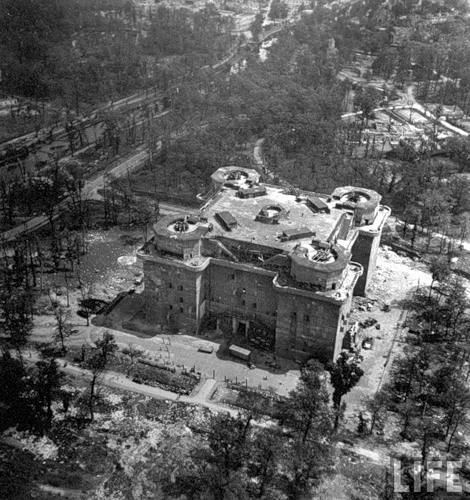
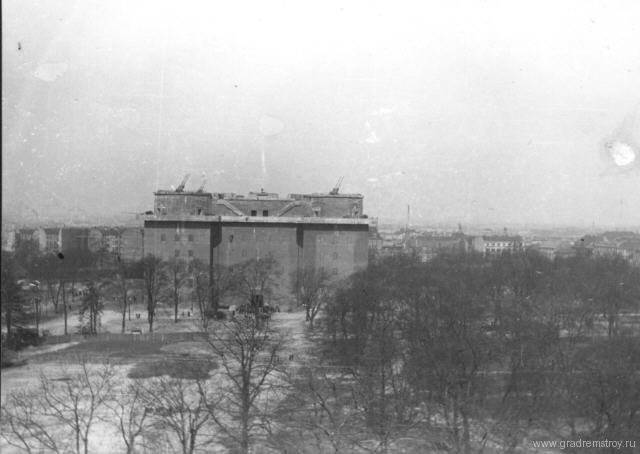
Assault
The Red Army used the experience of assault groups tested in Stalingrad: infantry units of a platoon-company-battalion were reinforced by tanks, self-propelled guns, sappers, "chemists" with smoke bombs, flamethrowers, artillery. By April 27, the Soviet soldiers reached the central part of the city, all the units made their way to the Reichstag. By the evening of the 28 Division of the 3 Shock Army of the 1 Belorussian Front, they reached the Reichstag area.
At present, there is a myth that German soldiers, armed with faust-patrons, “burned down Russian tank armada” in Berlin. But this is a myth, the Soviet tank armies in the city lost fewer tanks than before the assault, overcoming the Wehrmacht’s anti-tank defensive lines, breaking through the powerful defense of the Oder-Neisen line, the Seelow heights. Thus, the 2-I Guards Tank Army of S. I. Bogdanov in the battle for Berlin lost approximately 70 tanks from the enemy's fairies. Although the 2-I tank acted in isolation from the rifle divisions, having only its own motorized infantry, in other tank armies the losses were even less. In total, from 22 April to 2 in May, the 2 Army suffered irretrievable losses in the 104 tank and SAU - this is 16% of the fleet of armored vehicles at the beginning of the operation. The M.N. Katukova 1-I Guards Tank Army lost 104 tank and self-propelled artillery systems over the same period - this is 15% armored vehicles. 3-th P.Z. Rybalko Guards Tank Army in the city itself from 23 in April to 2 in May lost 99 tanks and 15 SAU (23% of the fleet). In total, approximately 200-250 vehicles were destroyed from the fire catchers, almost 1800 lost to the entire Berlin offensive operation, that is, much more died from the fire of enemy tanks and artillery.
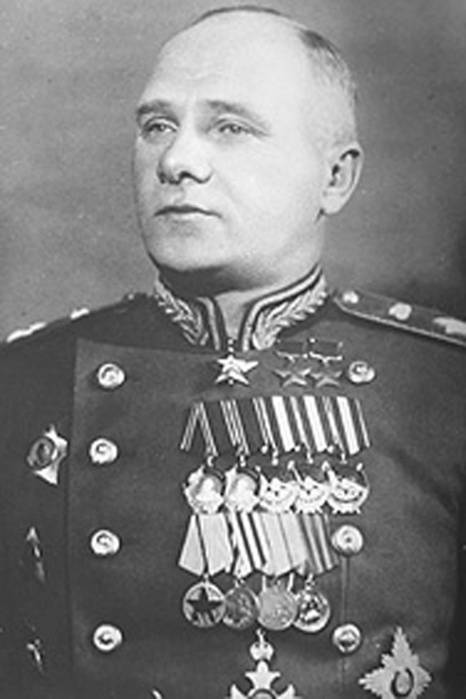
Semyon Ilyich Bogdanov.
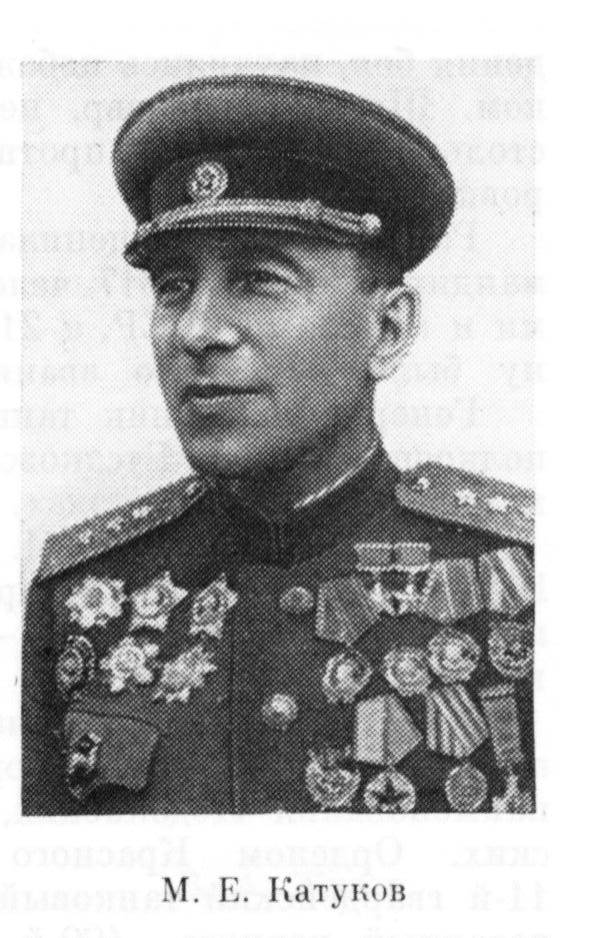
Katukov Mikhail Efimovich.
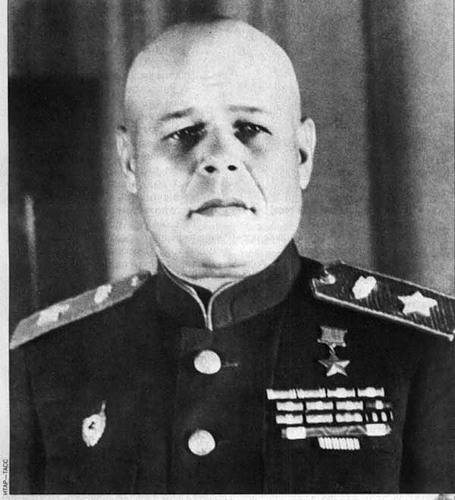
Pavel Semenovich Rybalko.
A great help in the assault was provided by cannon and rocket artillery, the guns were put on a direct lead, they turned out to be more efficient than tanks and were almost not vulnerable for the "faustnik." Thus, in the battle for the barricade on Sarland Strasse, two JS-2 tanks were lost; If the assault group could not take the enemy's stronghold, he was crushed by artillery. Even the "Katyusha" managed to use direct fire: the shells were installed in the houses on the windowsills and shot at houses opposite, the best distance was considered to be 44-180 meters, the shells pierced the walls and exploded inside, destroying everything around. The 152-mm howitzer B-20 of the 12 model of the year was also used in the assault, so at the intersection of Liden-Strasse and Ritter-Strasse 100 shells were enough direct fire to destroy the house prepared for defense. Barrels 150-mm mortars Br-203 and 4-mm howitzers Br-1931 of model 6, were beaten with 280-5 km.
203-mm howitzer gun model 1931 year (B-4).
On the night of 29, the Moltke Bridge over the Spree was captured, in the morning 30 was taken after the fierce battle by the Ministry of the Interior, the road to the Reichstag was opened. It was not possible to take him on the move, he was defended by elite units of the Reich (as well as the Reich Chancellery) - part of the SS division Nordland, the SS French battalion from the Charlemagne division, the Latvian 15 battalion of the SS Grenadier Division, A. Hitler's SS troops. 30-th committed suicide A. Hitler. In the evening, 30 went through a breach in a wall blown up by sappers, the assault group broke into the building, and 9.45 took the first floor. On the morning of May 1, the assault flag of the 150 Infantry Division was raised over the Reichstag, but the battle continued for a whole day, the Germans sat in the basement and capitulated only on the night of 2.
Capitulation of the garrison
In the evening of 30, General Krebs arrived at the headquarters of General Chuikov's 8 Guards Army, he reported on Hitler's suicide and offered to cease fire and conclude an armistice. The message was sent to Zhukov, he told Stalin, Stalin confirmed the installation for unconditional surrender. The battle continued. On May 10, the Wehrmacht was left with only the Tiergarten district, the government quarter, on this day the concrete defense tower of Flakturm I (Zoobunker) and the Spandau citadel capitulated.
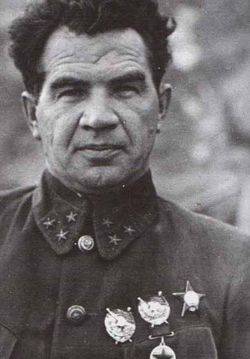
Chuikov, Vasily Ivanovich.
On the night of 2, the German command asked for a cease-fire, at 6 in the morning hours General Weidling and three more generals surrendered, an hour later he signed an order of surrender, which was brought to the defenders through loudspeakers. As the message, the Germans began to surrender, by the end of the day 8-May, the army "cleaned" the center of the city. Some units that did not want to surrender began to make their way to the west, but were scattered and destroyed, and few were able to cross the Elbe. Thus, SS units defending the Reich Chancellery, headed by SS brigadeführer V. Monke, attempted to break through to the north on the night of 2 on May, but were destroyed and captured.
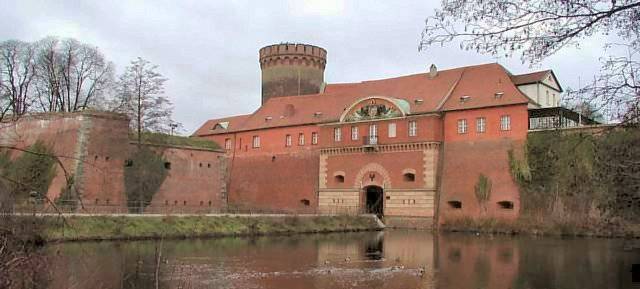
citadel Spandau.
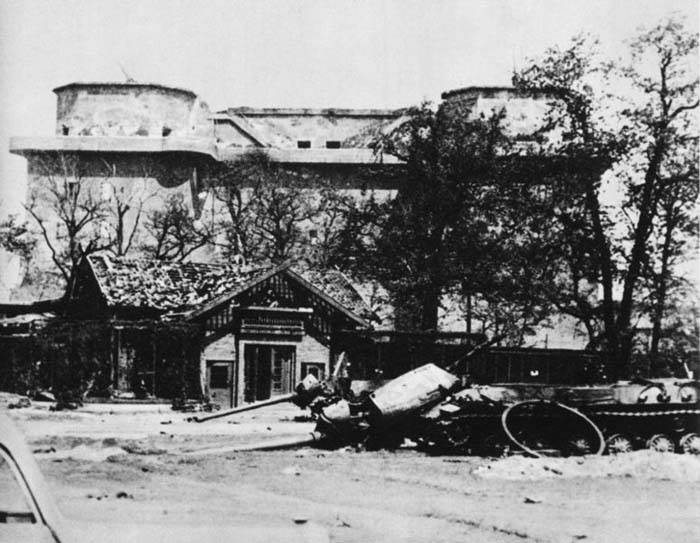
The losses of two fronts in the storming of the capital of Germany (1 of the Belarusian and 1 of the Ukrainian) are about 50-60 thousand killed, missing, wounded. Are they justified? For current human rights activists, no, but I’m sure that if our warriors who stormed the beast’s lair had listened to their reasoning, they would have crawled home in bloody snot.
The storming of Berlin is the zenith of our victorious army, it brought so many sacrifices, but fulfilled its mission. That is why the enemies of Russia are currently pouring dirt on the Victory of the Red Army, trying to slander it in order to beat out our most holy holiday from our hearts - Victory Day ...
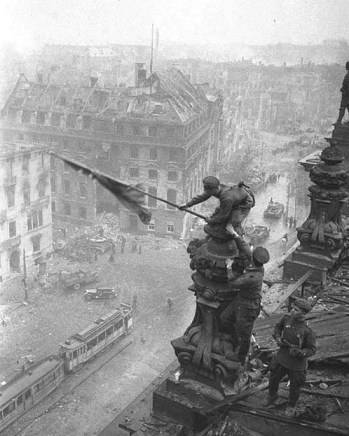
Sources of:
Zhukov G. K. Memoirs and reflections. The 2 TM., 2002.
Cornelius Ryan. Last fight. Sturm of Berlin through the eyes of eyewitnesses. M., 2003.
Rokossovsky K. K. Soldier debt.
Russia and the USSR in the wars of the XX century. The loss of the armed forces. Statistical research. Under the general editorship of G.V. Krivosheev. M., 2001.
http://militera.lib.ru/docs/da/berlin_45/08.html
http://www.1942.ru/book/berlin/
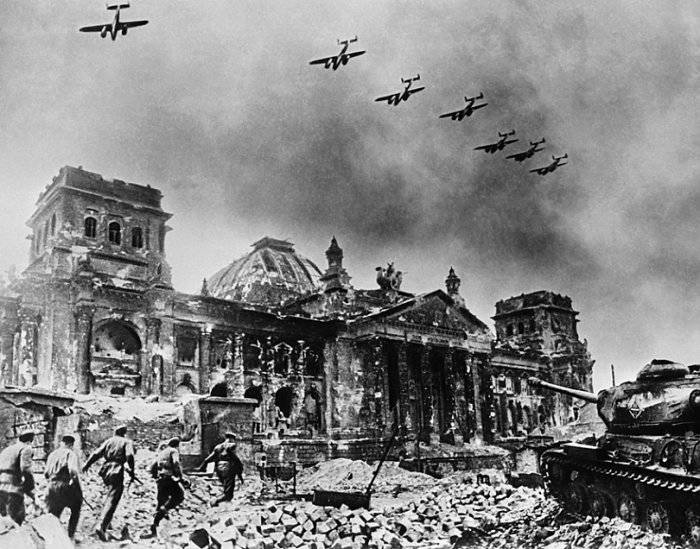
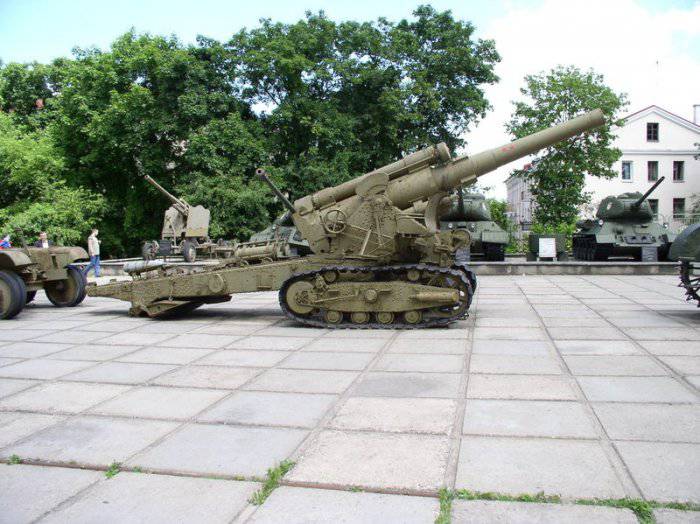
Information